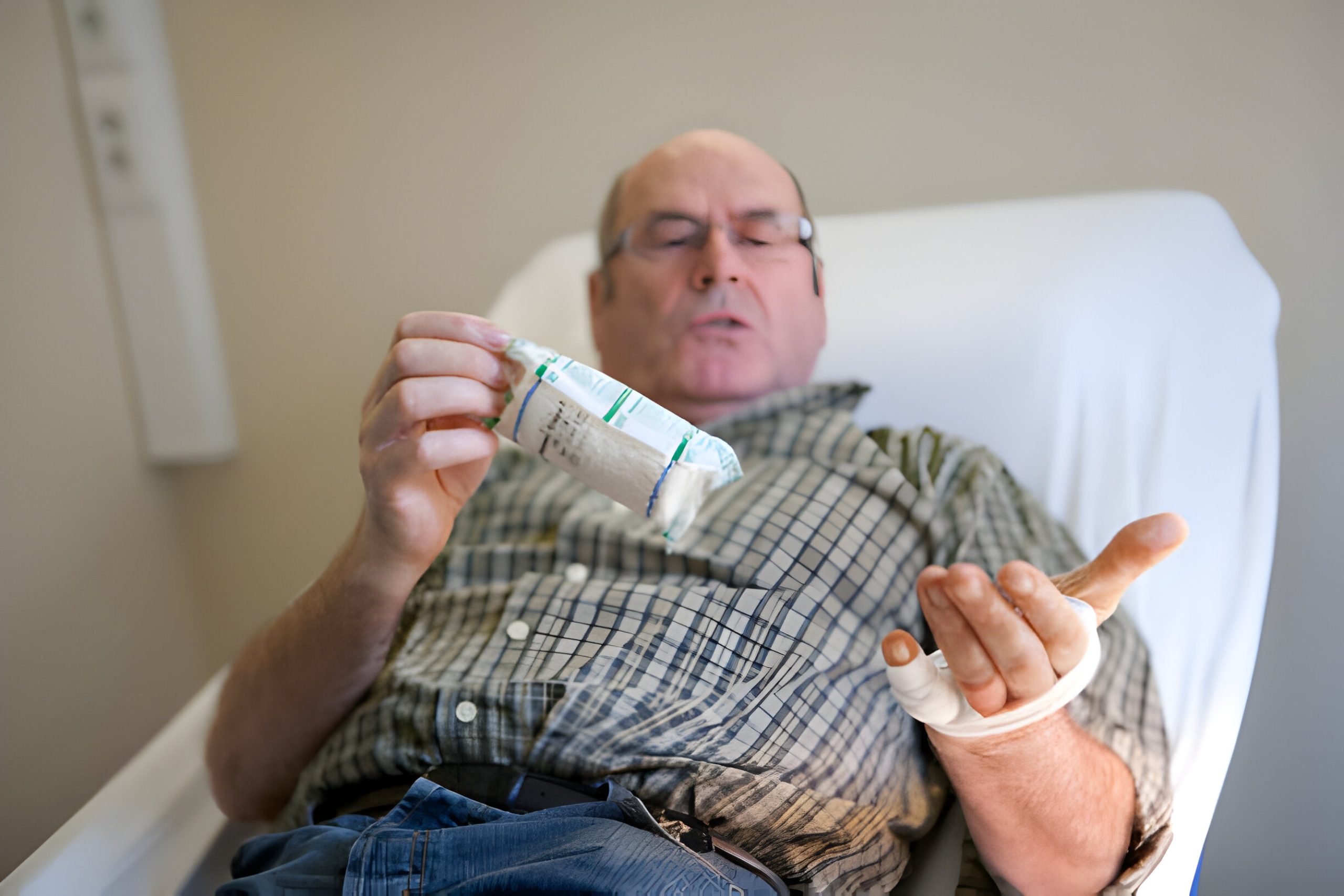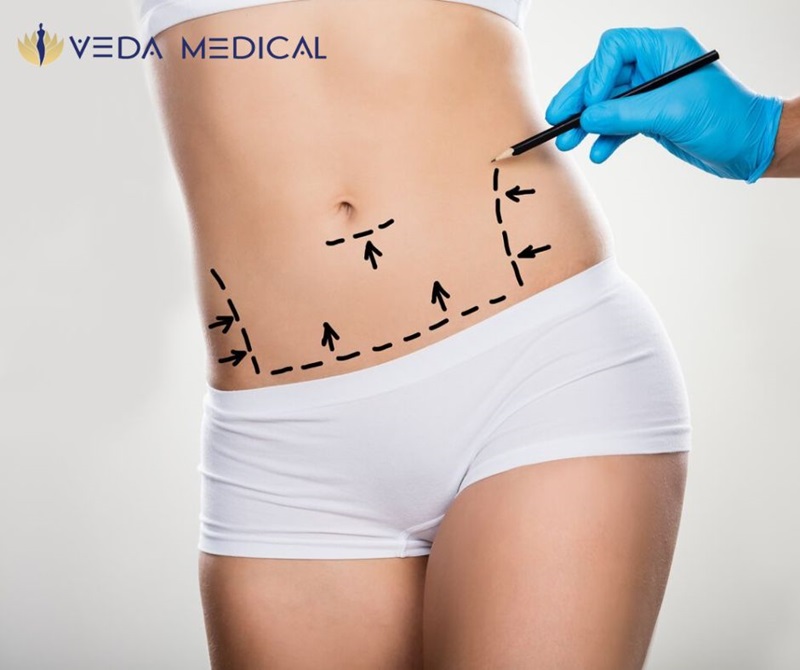What Happens During Early Stage Dupuytren’s Contracture?
Dupuytren’s contracture is a genetic disorder characterized by the thickening and shortening of connective tissue in the palms and fingers. This condition, while not life-threatening, can significantly impact your quality of life by limiting hand function. Understanding the early stages of Dupuytren’s contracture can be crucial in managing and treating this condition effectively. At Veda Medical Plastic Surgery, we are dedicated to providing comprehensive care and advanced treatment options for Dupuytren’s contracture.
Overview of Dupuytren’s Contracture
Dupuytren’s contracture, sometimes referred to as Dupuytren’s disease, is a progressive disorder that affects the fascia, the connective tissue beneath the skin of the palms and fingers. The condition begins with the formation of small nodules and, over time, can lead to the development of thick cords that pull the fingers inward.
Who is Affected?
Dupuytren’s contracture can affect anyone, but certain factors increase the likelihood of developing this condition:
- Sex and Ethnicity: The condition is more common in individuals assigned male at birth (AMAB) and those of European descent.
- Genetics: A family history of Dupuytren’s contracture significantly raises the risk.
- Associated Conditions: People with diabetes, alcohol use disorder, and other conditions like HIV, vascular disease, and epilepsy are at a higher risk.
Symptoms and Causes
Initial Symptoms
The early stages of Dupuytren’s contracture can be subtle. Symptoms usually begin with the development of small, painless nodules under the skin of the palm. These nodules are often located at the base of the fingers where they meet the palm and may be felt or seen as raised bumps. As the condition progresses, these nodules can transform into thick cords of tissue, which can cause the fingers to bend inward.
Progression of Symptoms
Over time, the cords can become more pronounced, making it increasingly difficult to straighten the fingers. In advanced stages, the condition can severely impair hand function, affecting daily activities such as gripping or holding objects. The progression from nodules to contracture can take months or even years, and the rate of progression varies among individuals.
Causes
Dupuytren’s contracture is primarily a genetic disorder. It is considered the most common inherited connective tissue disorder. Although the exact cause is not fully understood, it is known that having a family history of the condition significantly increases the risk. The thickening of the fascia is thought to be related to abnormal collagen production.
Diagnosis and Tests
Physical Examination
A healthcare provider typically diagnoses Dupuytren’s contracture through a physical examination of the hand. They will look for characteristic nodules and cords and assess the extent of finger contracture. The “tabletop test” is commonly used, where you place your hand palm-down on a flat surface to see if your affected fingers lie flat.
Additional Tests
While no specific tests are required to diagnose Dupuytren’s contracture, your provider may order blood tests or X-rays to rule out other conditions that might affect hand function. These additional tests help ensure a comprehensive evaluation and accurate diagnosis.
Management and Treatment
Conservative Treatment
In the early stages of Dupuytren’s contracture, conservative treatments can often manage symptoms effectively. These may include:
- Physical Therapy: Stretching exercises and therapy can help maintain finger flexibility and prevent further progression.
- Bracing or Splinting: These devices can help keep the fingers in their usual range of motion and prevent them from bending further.
- Ultrasonic or Heat Treatments: These treatments can increase the flexibility of the fascia and reduce stiffness.
- Corticosteroid Injections: Injections can reduce inflammation and shrink nodules or cords.
Advanced Treatment Options
If conservative treatments are insufficient or if symptoms progress, more advanced treatment options may be necessary:
- Radiation Therapy: This treatment involves using X-rays or other beams to soften nodules and slow the progression of the disease. It is a painless procedure and can be effective in preventing further worsening of the condition.
- Needle Aponeurotomy: This outpatient procedure involves using a needle to puncture the thickened fascia and release tension, allowing the fingers to straighten. It is performed under local anesthesia and can provide immediate relief.
- Collagenase Injections: Collagenase is an enzyme that breaks down the thickened cords in the fascia. The enzyme is injected into the nodules or cords, and the affected fingers are then stretched back to their original range of motion.
- Surgery: In severe cases, surgery may be required. A fasciectomy involves removing the affected tissue from the hand. Surgery is typically an outpatient procedure, and recovery may involve physical or occupational therapy to restore hand function.
Prevention and Outlook
Prevention
Currently, there is no known way to prevent Dupuytren’s contracture. Since the condition is genetic, it develops without any external triggers. Early diagnosis and treatment can help manage symptoms and slow the progression of the disease.
Prognosis
Dupuytren’s contracture progresses slowly, and while there is no cure, the condition is highly treatable. Most patients can manage their symptoms effectively with appropriate treatment. Even after surgery, there is a chance that the condition may recur, but it can be managed with further treatment.
Living with Dupuytren’s Contracture
Self-Care
Managing Dupuytren’s contracture involves following your healthcare provider’s instructions carefully. This may include performing prescribed stretches, attending physical therapy sessions, and using any recommended braces or splints. Post-surgery, adhering to physical therapy guidelines is crucial for optimal recovery and restoration of hand strength and flexibility.
When to Seek Medical Advice
If you notice your symptoms worsening or if you experience new issues such as pain, swelling, or difficulty moving your hand, contact your healthcare provider. Early intervention can help prevent further progression and improve your quality of life. Regular check-ups are important to monitor the condition and adjust treatment as needed.
If you’re experiencing symptoms of Dupuytren’s contracture or need expert guidance on managing and treating this condition, Veda Medical Plastic Surgery is here to help. Our experienced team, led by Dr. Pradeep S. Mohan, provides personalized care and advanced treatment options to address your needs.
Contact Veda Medical for a Consultation:
- Phone: 210-566-8332 / 210-361-6617
- Location: 12315 Judson Rd., Live Oak, TX 78233
- Email: office@vedamedical.com
- Open Hours: Mon – Fri: 8:00am – 5:00pm, Sun: Closed, Every 2nd and 4th Sunday – 10:00am – 4:00pm
At Veda Medical, we are dedicated to enhancing your quality of life through top-notch care and innovative treatments. Let us help you manage Dupuytren’s contracture effectively and regain your hand function.





